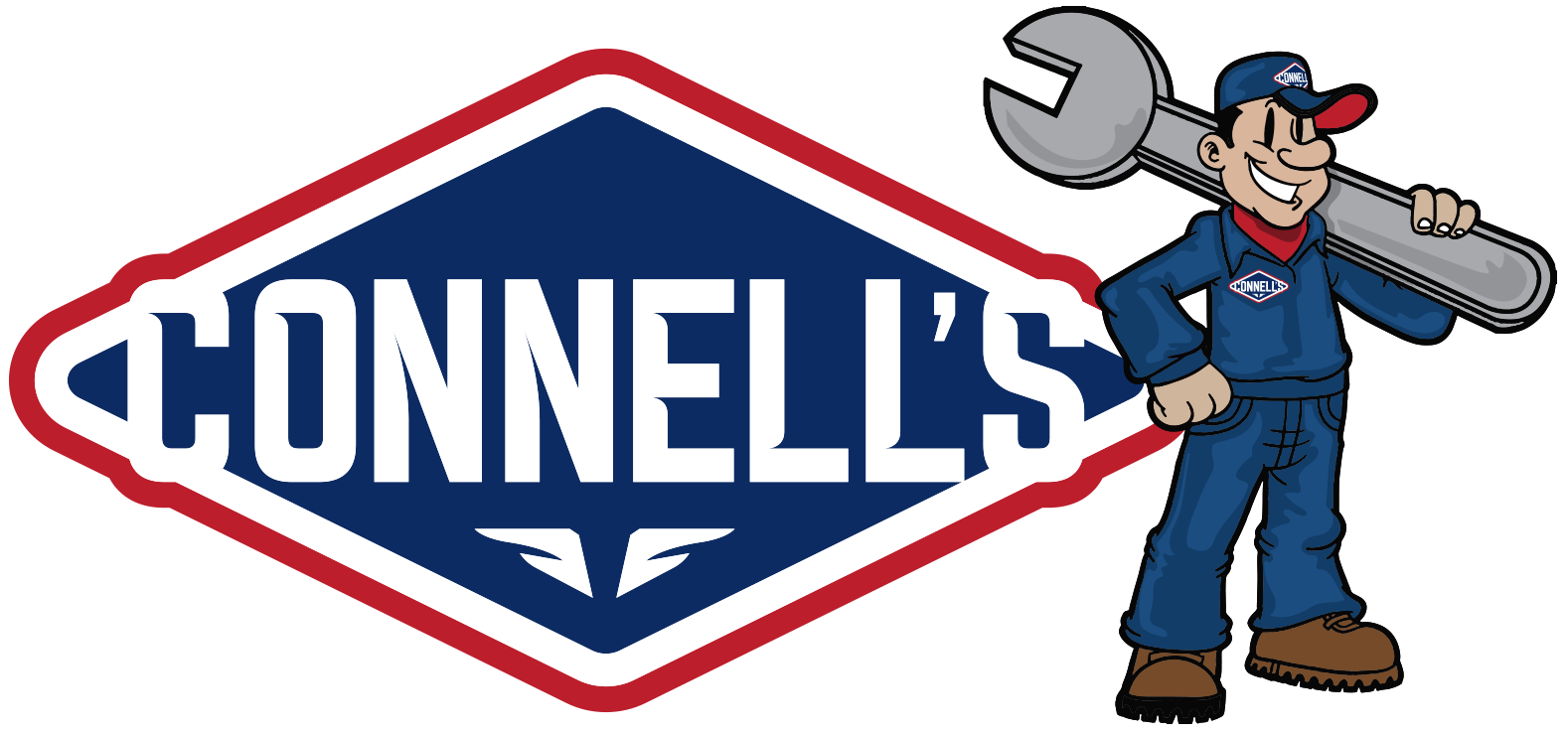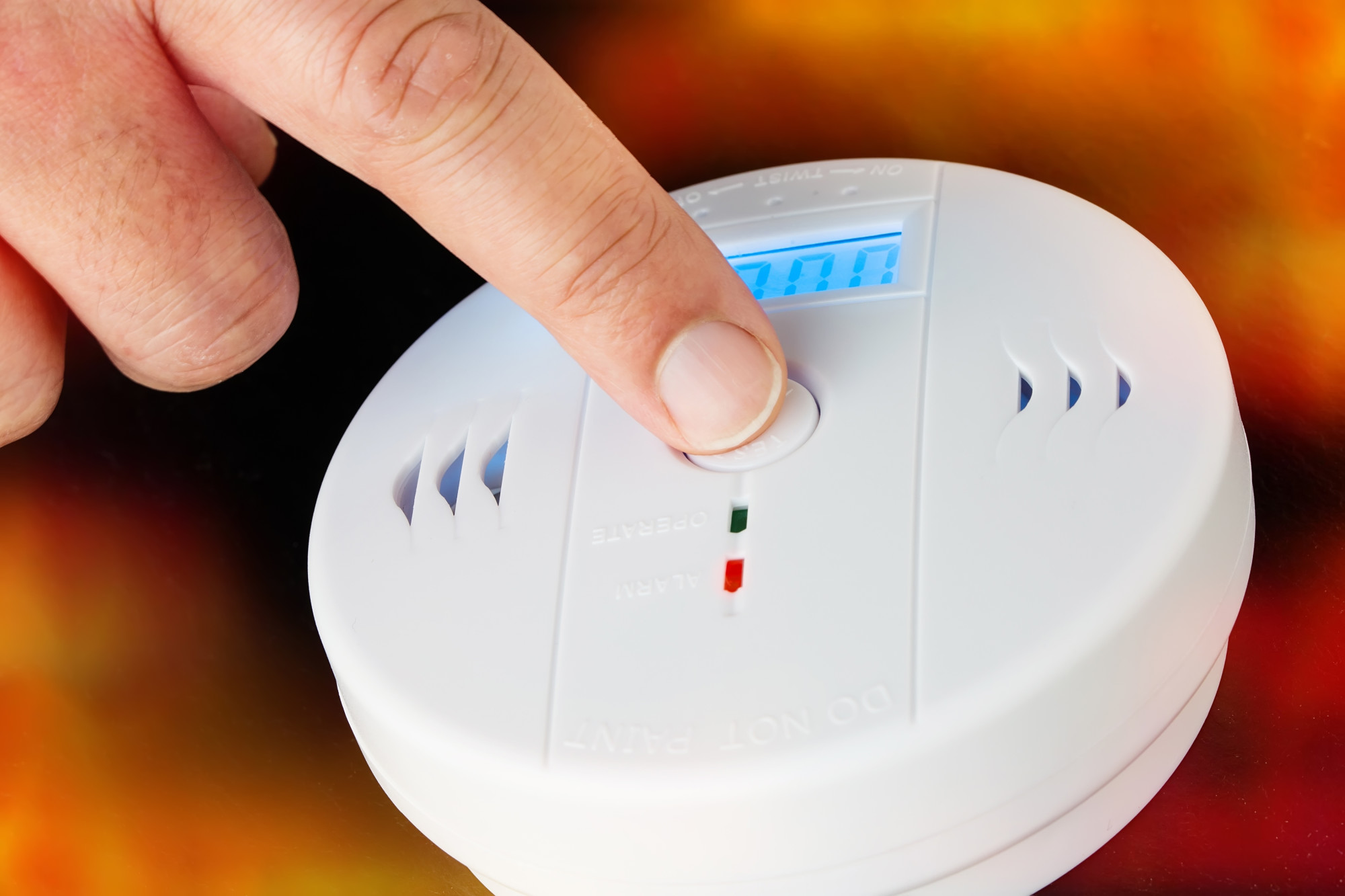Winter is approaching, meaning soon you will click on your furnace for the first time in months. Has the question ever crossed your mind if your furnace is working right? You may need a carbon monoxide furnace inspection.
Carbon monoxide is a poisonous gas that can be deadly, and many signs point to a faulty furnace. You will need someone with the experience and knowledge to find potential problems with your furnace so you can rest easy knowing that your home is safe. Read on and learn to tell if your home is experiencing carbon monoxide leaks and how to remedy the issue.
The Basics of Carbon Monoxide
Fuel-fired machinery emits an odorless gas called carbon monoxide, usually known as CO. Stoichiometric combustion is what would occur if a furnace burned all the fuel it could, meaning 100% of it. There would be no production of carbon monoxide and no wasted fuel.
This is Theoretical Combustion, and it never happens. A furnace will always produce some CO. Most of the time, the CO will be an acceptable amount.
But, there are other instances when it reaches well above the safe range. A furnace emitting excessive amounts of carbon monoxide is not burning fuel efficiently. Furthermore, the potential hazard to the residents grows as the CO levels increase.
Even though the furnace’s exhaust should expel to the outside, things tend to happen. Furnaces can backdraft, appliances can release exhaust gas into the house, and fractured heat exchangers can let carbon monoxide into the home’s air supply.
Leaking Carbon Monoxide Can Be Fatal
If carbon monoxide is not processed, the result can be fatal. There are numerous appliances in your house that release gas. It often filters out of your house without any problems, but in rare instances, it can accumulate and remain, posing major health hazards.
It is harmful since it is not seen or smelled. This is why it’s crucial to understand how to identify carbon monoxide leaks in furnaces.
Signs of a Possible Carbon Monoxide Furnace Leak
Is carbon monoxide seeping from your furnace? There are a few obvious warning flags. Even though you’ll never be able to smell or see the gas itself, these occurrences may be a sign that a buildup is taking place and that you need to take immediate action:
- A pilot light that often blows out
- Soot that falls into your fireplace
- Soot or brownish yellow-colored stains accumulating around the leaking appliance
- Solid fuel fires burning lower than what is normal
- A gas smell (although carbon monoxide has no scent, there can be odorous exhaust fumes in a leak)
- Stale or stuffy air
- Smells like something is burning
- Condensation on the windows at the location of the leaking appliance
- Yellow burner flame instead of blue (except for yellow-colored natural gas fireplaces)
- A lack of upward draft in your chimney
- Soot, fumes, or smoke in the house from the fireplace or chimney
Even if you notice one of these signs, the gas may have been present for some time because it can be challenging to detect. Even if you haven’t noticed any evidence that your furnace is leaking, you should still be on the watch for carbon monoxide poisoning symptoms.
Warning Signs of CO Poisoning
CO poisoning is particularly harmful to young people, the elderly, and people with respiratory conditions. The following are signs that the air in your home contains CO:
- Dull headache
- Dizziness
- Weakness
- Shortness of breath
- Nausea or vomiting
- Confusion
- Loss of consciousness
- Blurred vision
Can a Dirty Furnace Filter Cause Carbon Monoxide Leaks?
Airflow might be hampered by a filthy furnace filter. This may result in an airflow backup in your home’s heating system. As a result, your furnace’s heat exchanger may overheat and crack, allowing carbon monoxide to escape into your home.
This can happen when little to no air is passing through your furnace at the time. A carbon monoxide leak from a furnace is hazardous.
Every 1-3 months, you should replace your furnace’s filter. And don’t forget to schedule a regular appointment for your heating inspections and regular furnace maintenance!
How Can You Tell if Your Furnace Is Venting Properly?
A pretty reliable indicator that you have a furnace that isn’t venting properly is moisture on your windows. The grillwork on your furnace may also be rusting.
This further suggests that your furnace’s venting is inadequate. These two symptoms indicate that moisture is accumulating around and inside your furnace when it shouldn’t be.
How Do You Test a Furnace for Carbon Monoxide?
How can you detect a carbon monoxide leak? By keeping an eye out for the warning indicators listed above, such as a burning smell, condensation on the windows where the furnace is, etc. You may want to consider scheduling an inspection of your winter furnace for carbon monoxide leaks if you see anything questionable.
You may also use an electronic combustion testing device. It is another very efficient method for figuring out whether you have a carbon monoxide leak issue. This instrument can be used by technicians to look for indications of carbon monoxide leaks from a variety of equipment, including your furnace.
Should the Vent on the Furnace Be Open or Closed?
Your furnace’s vents should remain open. In the long run, closing them or any other vents in your house may end up costing you more money. Besides, it’s unhealthy for the heating system, as it might produce system backups that could lead to carbon monoxide problems.
Don’t Take Chances With Carbon Monoxide
Play it safe with carbon monoxide furnace inspections. Carbon monoxide inspections for your winter furnace can save lives. We can help!
Our family-run business has operated in Columbia County for more than 33 years. Our top priority is providing excellent customer service.
Connell’s has been providing air conditioning, heating, ventilation, and appliance repair services for longer than any other HVAC company in the Columbia County area sets us apart from other local businesses. Contact us or check out our Blog section for helpful information.


